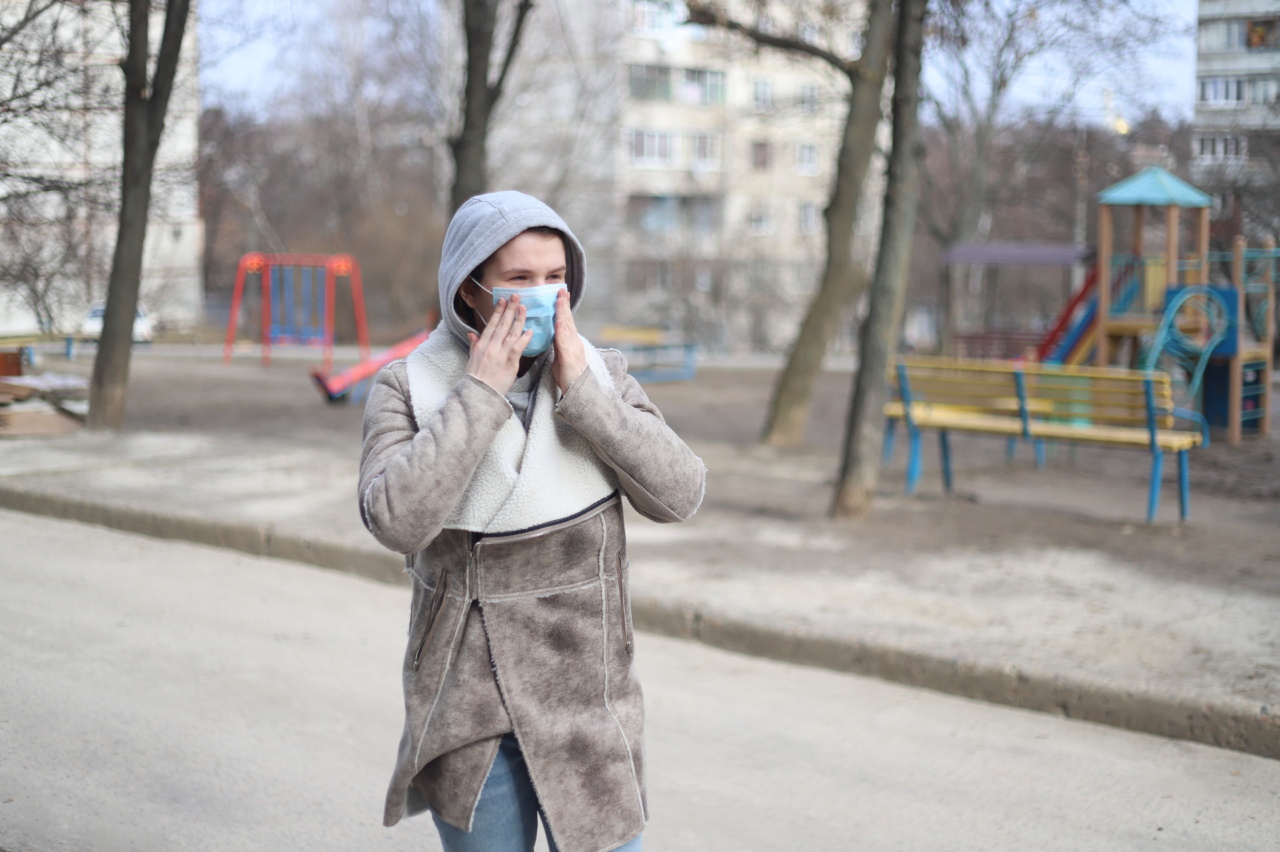When the winter season comes around, we often find ourselves falling victim to various ailments that affect our respiratory system. Three common conditions that people often get confused about are the common cold, influenza (flu), and sinusitis.
While they may share similar symptoms, it is important to understand the differences between these illnesses in order to receive the appropriate treatment. This article aims to provide a comprehensive overview of cold, influenza, and sinusitis, including their symptoms, causes, and treatment options.
Cold
The common cold is a viral infection that affects the nose and throat, primarily caused by rhinoviruses. It is the most common illness experienced by humans and usually lasts for about 7 to 10 days. Cold symptoms may include:.
- Nasal congestion
- Runny nose
- Sneezing
- Sore throat
- Coughing
- Mild headaches
- Fatigue
- Low-grade fever (in some cases)
Common colds are highly contagious and can be transmitted through respiratory droplets from coughing, sneezing, or touching contaminated surfaces.
It can be challenging to differentiate a cold from other respiratory infections due to their similar symptoms.
Influenza (Flu)
Influenza, commonly referred to as the flu, is also a viral infection caused by the influenza virus. The flu is known to be more severe than a cold and can lead to complications such as pneumonia. Symptoms of influenza include:.
- High fever
- Extreme fatigue
- Body aches
- Headaches
- Chest discomfort
- Dry cough
- Sore throat
- Runny or stuffy nose (less common)
Unlike colds, which typically develop gradually, flu symptoms tend to appear suddenly and intensely.
In severe cases, influenza can cause life-threatening complications, particularly in individuals with weakened immune systems or pre-existing health conditions.
Sinusitis
Sinusitis, also known as a sinus infection, is an inflammation of the sinuses often caused by a viral or bacterial infection. It is characterized by the blockage and swelling of the nasal passages.
The symptoms of sinusitis may vary depending on the type of sinusitis:.
- Acute sinusitis: Symptoms last less than 4 weeks
- Subacute sinusitis: Symptoms last between 4 to 12 weeks
- Chronic sinusitis: Symptoms persist for 12 weeks or longer
- Recurrent sinusitis: Several acute sinusitis episodes occur within a year
Common symptoms of sinusitis include:.
- Nasal congestion
- Thick yellow or green nasal discharge
- Pain or pressure in the face
- Headaches
- Coughing (often worse at night)
- Loss of smell or taste
- Bad breath
The majority of sinusitis cases are caused by viruses, but bacterial infections can also occur. Allergies and certain medical conditions can increase the risk of developing sinusitis.
Differences between Cold, Influenza, and Sinusitis
Cause
The common cold is caused by various viruses, with rhinoviruses being the most common. Influenza is caused specifically by the influenza virus. Sinusitis, on the other hand, can be caused by viruses, bacteria, fungi, or allergies.
Viral sinusitis is the most common form.
Symptoms
The symptoms of a cold, influenza, and sinusitis may overlap, but there are specific differences to look out for.
While cold symptoms primarily involve the nose and throat, influenza symptoms often affect the entire body, including intense fatigue and fever. Sinusitis symptoms are focused on the sinuses and may involve facial pain and thick nasal discharge.
Duration
A common cold usually lasts for about 7 to 10 days, while influenza symptoms can persist for up to 2 weeks. Sinusitis can last anywhere from a few days to several weeks, depending on the type and severity of the infection.
Treatment
Colds and influenza are viral infections, so treatment usually involves relieving symptoms and allowing the body to fight off the infection naturally. Over-the-counter cold and flu remedies can help alleviate symptoms.
Sinusitis treatment depends on the cause; viral sinusitis typically resolves on its own, while bacterial sinusitis may require antibiotics.
Prevention
Preventing the common cold, influenza, and sinusitis involves practicing good hygiene, such as frequent handwashing, avoiding close contact with sick individuals, and getting vaccinated against the flu.
Managing allergies and avoiding triggers can also help prevent sinusitis episodes.
Conclusion
While cold, influenza, and sinusitis may share similar symptoms, understanding their differences is crucial for receiving the appropriate treatment.
The common cold is typically milder, influenza can cause severe complications, and sinusitis involves inflammation of the sinuses. By familiarizing ourselves with the distinct features of these ailments, we can better manage our symptoms and prevent further complications.






























